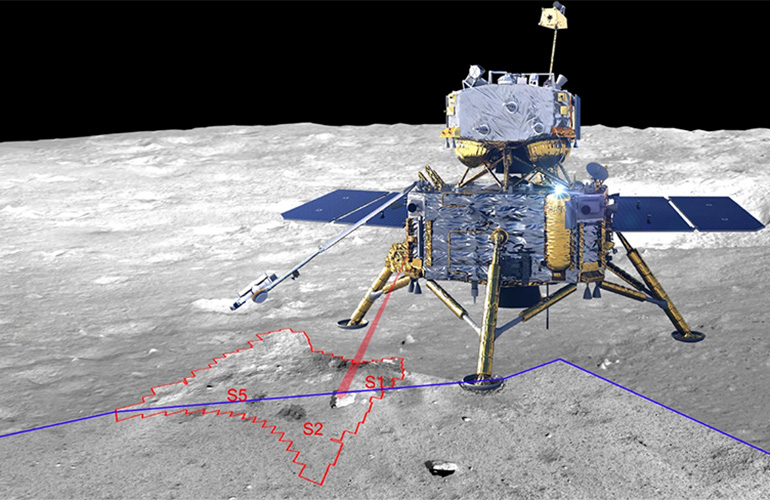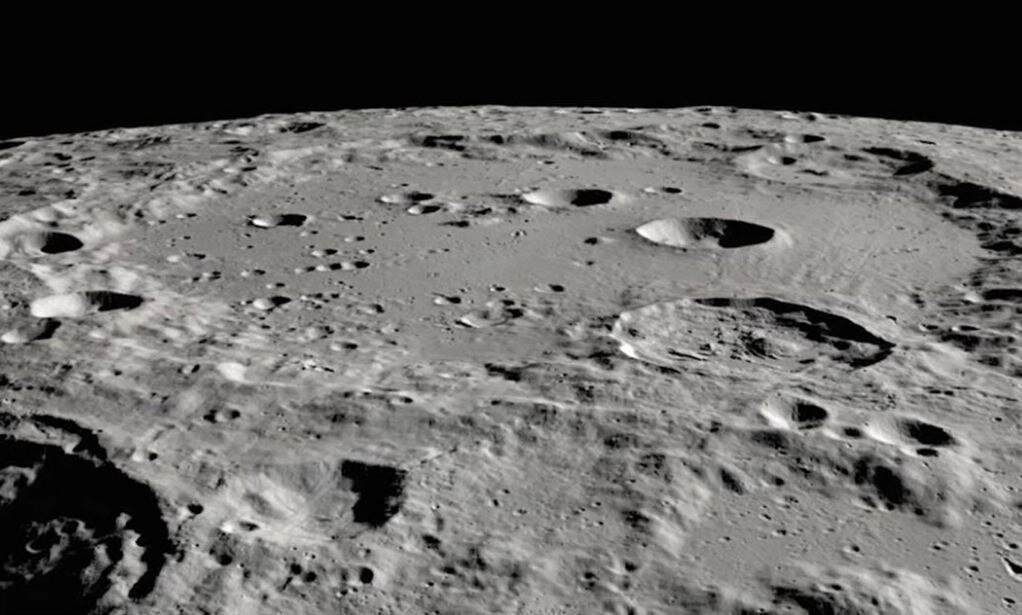
China’s Chang’e 5 lunar exploration was successful in determining the origin of the water on the Moon. This was determined by both on-site analysis and through samples brought to earth. Here’s all you need to know.
Water on Moon is native to it

Chang’e 5 mission has been busy since its touchdown on the moon in December 2020. Since then, it has been drilling down and scooping samples on Moon. Additionally, an ascent vehicle also blasted off from Oceanus Procellarum (the Sea of Storms), for bringing back the samples. Scientists after analyzing samples confirmed the presence of water in the region and origin. On Tuesday, the researchers published in Nature Communications.
Chang’e 5 did not look for water in lunar springs or rivers. Instead, the lunar lander identified the presence of 30 hydroxyl parts per million in lunar rocks and surfaces. Hydroxyl molecules are made up of one hydrogen and one oxygen atom, the main ingredients of water. Li Chunlai called these “weak end of lunar hydration features”. However, it is evidence of the presence and origin of water on the Moon. Li is a planetary scientist from the National Astronomical Observatories of the Chinese Academy of Sciences (NAOC) and the co-author of the study.
More on the discovery
However, while the study’s results do not point to vast reservoirs of water on the Moon, they confirm the origin. “For the first time in the world, the results of laboratory analysis of lunar return samples and spectral data from in-situ lunar surface surveys were used jointly to examine the presence, form, and amount of ‘water’ in lunar samples,” stated Li. “The results accurately answer the question of the distribution characteristics and source of water in the Chang’E-5 landing zone and provide a ground truth for the interpretation and estimation of water signals in remote sensing survey data,” added Li.
Additionally, the team also assessed the water source to contain apatite, a crystalline mineral. Some theories of the presence of water on the Moon suggest the contribution of solar winds. Li added that future missions will focus on water and build a bigger picture. Moreover, with Chang’e 7, the study of the potential of water-ice at the lunar will be a reality.
